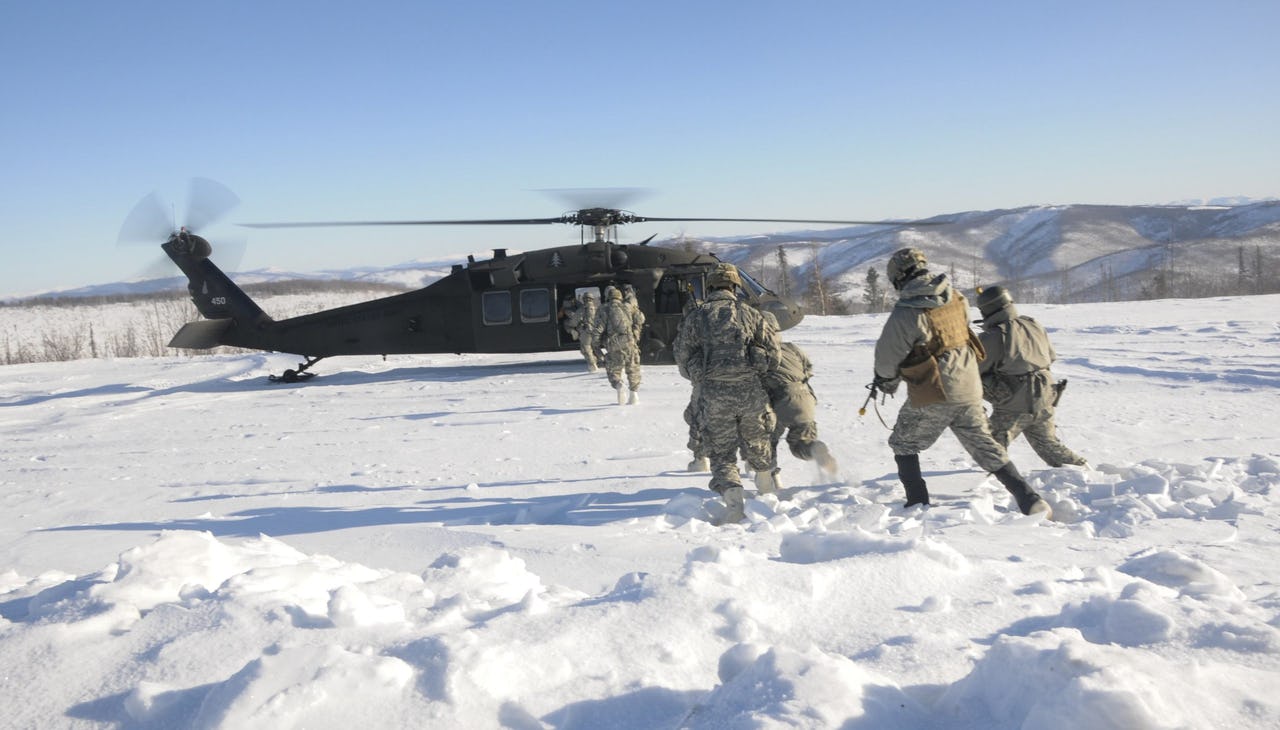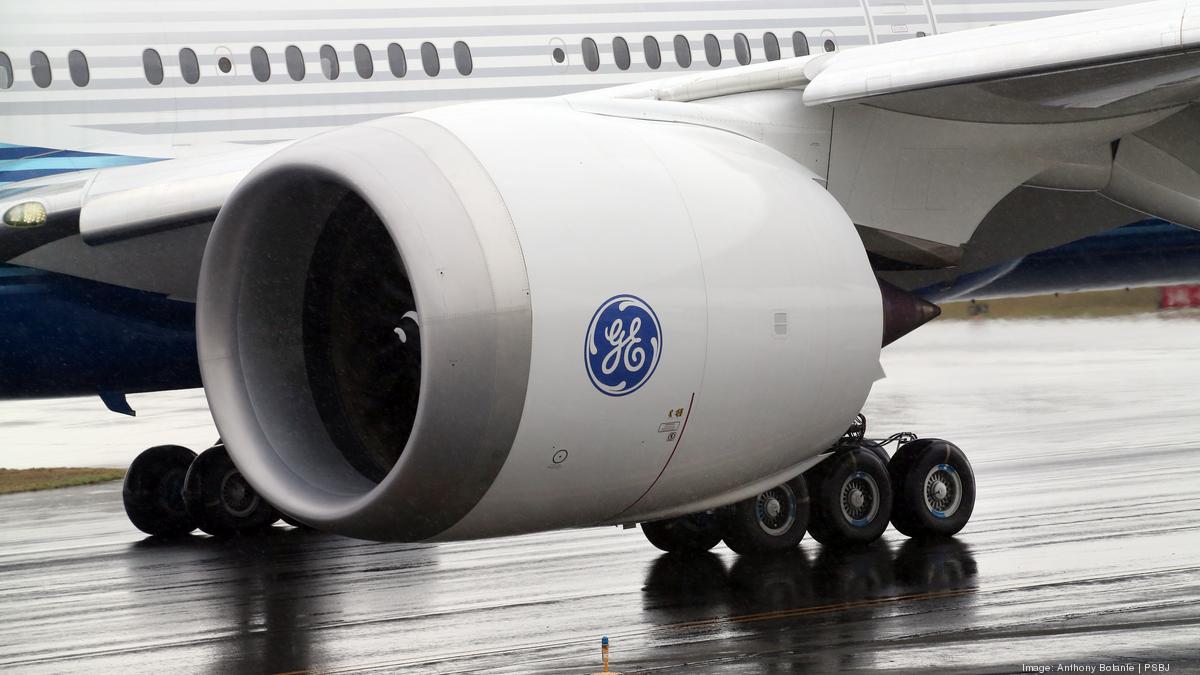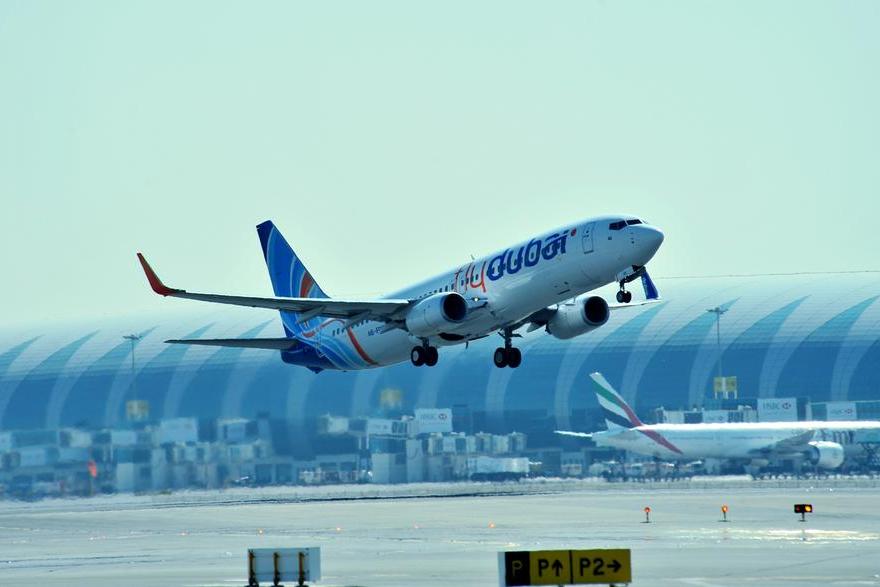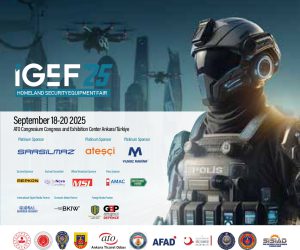The sound of gunfire echoed around the Norwegian fjords as a row of Swedish and Finnish soldiers, positioned prone behind banks of snow, trained rifles and missile launchers on nearby hills ready for an enemy attack.
The drill, in March, was the first time forces from Finland and Sweden have formed a combined brigade in a scheduled NATO exercise in Arctic Norway known as “Cold Response.” Neither country is a member of the NATO alliance. The exercise was long planned, but Russia’s attack on Ukraine on Feb. 24 added intensity to the war game.
“We would be rather naive not to recognise that there is a threat,” Swedish Major Stefan Nordstrom told Reuters. “The security situation in the whole of Europe has changed and we have to accept that, and we have to adapt.”
That sense of threat means President Vladimir Putin, who embarked on what he calls a “special operation” in Ukraine partly to counter the expansion of the NATO alliance, may soon have a new NATO neighbor.
Finland has a 1,300 km (810 miles) border with Russia. In a March 28 phone call, the country’s President Sauli Niinisto asked NATO Secretary-General Jens Stoltenberg for details on principles and steps for accepting new members, he wrote on Facebook. Finland’s leaders have discussed possible membership with “almost all” NATO’s 30 members, and will submit a review to parliament by mid-April, Foreign Minister Pekka Haavisto told Reuters.
Read More: What’s Happening With China’s Uyghurs?
Sweden – home of the founder of the Nobel Peace Prize and a country that has not fought in a war since 1814 – is more hesitant. But a recent opinion poll for a major Swedish TV station found 59% of Swedes wanted to join NATO if Finland does.
For some in the alliance, the two countries sandwiched between Russia and NATO-member Norway are already partners. U.S. General David Berger, who is the commandant of the U.S. Marines Corps, told reporters at the drill that – putting the politics of membership aside – they were brothers-in-arms during training.
“For marines, at the tactical level … there’s no difference,” Berger said. “I just have to know that the unit over there, they have my back. They’ve got me covered.”
Stoltenberg announced in early March that NATO was now sharing all information on the war in Ukraine with Sweden and Finland. Both countries regularly attend NATO meetings. At the exercises in Norway, Stoltenberg said: “no other countries in the world” are closer partners.
But he noted an important difference: “The absolute security guarantees that we provide for NATO allies, are only for NATO allies.”
As non-members, Finland and Sweden’s combined population of 16 million don’t have the protection of NATO’s guarantee that an attack on one ally is an attack on all.
Read More: What’s Happening With China’s Uyghurs?
Moscow did not respond to a request for comment for this story. It has repeatedly warned both countries against joining NATO. On March 12, the Russian foreign ministry said “there will be serious military and political consequences” if they do, according to the Russian news agency Interfax.
Stoltenberg has said it would be possible to allow Finland and Sweden in “quite quickly.” NATO has not commented on what a fast-track process would be; a spokesperson for the U.S. Department of Defense said any decision would be taken by the countries themselves but their accession would need to be agreed upon by all 30 allies.
“President Putin wants less NATO on Russia’s borders,” Stoltenberg said in January, also referring to more allied troops in southeastern Europe, Poland, and the Baltics. “But he is getting more NATO.”
MEMORIES OF WAR
More than 1,000 km to the southeast of the NATO drill, 80-year-old Markku Kuusela knows real war. The pensioner, who lives in Imatra, a town on Finland’s border with Russia, was evacuated to Sweden with his brother as an infant after his father was killed fighting Russian forces.
They returned to Finland only after the war was over.
“It is always in the back of my mind,” said Kuusela, visiting the cemetery where his father is buried. Tears welled in his eyes. “How it would have been to have a father.”
Read More: Should Pakistan Move Towards Recognizing Israel?
Some 96,000 Finns, or 2.5% of the population, died fighting the Russian forces, in two wars between 1939 and 1944. A total of 55,000 children lost fathers and over 400,000 people lost homes as territory was conceded.
But the Finns, fighting under cover of dense forest, repelled the Russians, and ever since Finland has had a clear goal: strong defense and friendly relations with Russia.
The country built a conscript army – it has about 900,000 men and women in reserves – and according to the International Institute for Strategic Studies, one of the largest artilleries in Europe.
For years, Finns and Russians have interacted extensively. This year, Imatra was planning to celebrate a 250-year history of Finnish tourism since a visit by Catherine the Great, the Russian empress, in 1772.
Now the Imatra border station is deserted, its stalls unused. Finland’s security service, known as Supo, says Russia’s military resources are currently focused on Ukraine and its own domestic operations but warns the situation may change quickly.
Ukraine conflict triggered almost 3,000 applications from Finns to join local associations of reservists as well as almost 1,000 to women’s emergency preparedness groups, the groups said.
Read More: Russia vs Ukraine or NATO: Where do the conflict lies?
One applicant was Pia Lumme, a 48-year-old coordinator for the Finnish National Agency for Education who lives near Imatra. She recalled her grandmother’s war memories.
“I think we Finns all share … the will to uphold this country,” Lumme said.
Finland is one of few European countries to maintain a national emergency supply of fuel, food, and medicine. Building emergency shelters beneath every major building has been mandatory since World War Two. The country says its 54,000 shelters have room for 4.4 million of the 5.5 million population.
Finns’ backing for joining NATO has risen to record numbers over the past month, with the latest poll by public broadcaster Yle showing 62% of respondents in favor and only 16% against.
So, the security service, said on March 29 that Finland must guard against potential Russian retaliation to Helsinki’s discussions on joining NATO, or interference in the public debate.
“We don’t need to make any quick decisions on our own defense, but certainly a possible membership application could lead to making us a target of interference or hybrid actions,” Haavisto told Reuters in an interview. “Finland needs to prepare for that and also listen to how NATO countries would react.”
CRISIS KITS
Sweden, which has argued that non-alignment has served its people well, has been slower to see Russia as a threat – for example, it allowed defense spending to slip and emergency shelters to fall into disrepair after the Cold War. But the mood there is also changing.
After Russia invaded Crimea in 2014, the government speeded up rearmament and boosted military strength on the island of Gotland, near the headquarters of Russia’s Baltic Fleet. It also reintroduced limited conscription that year.
Stockholm said earlier this month it would almost double defense spending to around 2% of GDP and is refurbishing a network of emergency bunkers, to shelter up to seven million people. It says there are currently around 65,000 shelters, mostly in private homes.
Around 71% of Swedes are worried about an increased military threat from Russia – up from 46% in January – according to a survey by pollsters Demoskop for daily Aftonbladet on March 2.
Three retail chains told Reuters sales of products to prepare for emergencies had accelerated again after picking up at the start of the COVID-19 pandemic.
“Sales of crisis kits, wind-up radios, water filters, and water containers – pretty much everything – have increased,” said Fredrik Stockhaus, founder of Criseq, a Swedish online store. Sweden’s statistics office does not measure sales at this level of detail.
If either country does go for NATO membership, Finland looks set to move first, diplomats and politicians say. Foreign Minister Haavisto said he is in “almost daily” talks with his Swedish counterpart on the topic.
“It wouldn’t be ideal for Finland to go alone, because then all the risks in the application process would be on Finland,” said Matti Pesu, a foreign policy analyst at the Finnish Institute of International Affairs.
In Sweden, the government and opposition are conducting an analysis of security policy which is expected in May. Prime Minister Magdalena Andersson stressed on national TV on March 30 it was important to wait and see what conclusions that reaches. The ruling Social Democrats oppose joining, but four opposition parties support it.
Even so, Sweden’s non-aligned status is increasingly blurred, said Anna Wieslander, Northern Europe Director at the Atlantic Council think-tank.
“If you look at it, we are preparing to meet the adversary together and I think there is no doubt in which camp we are,” she said. “You can see the warnings Russia has given so there is no doubt on their side as well.”
Source: Reuters
- Global Defense Insighthttps://defensetalks.com/author/umair/
- Global Defense Insighthttps://defensetalks.com/author/umair/
- Global Defense Insighthttps://defensetalks.com/author/umair/
- Global Defense Insighthttps://defensetalks.com/author/umair/













